Storm windows are a great way to increase energy efficiency and seal out drafts during inclement weather, but we were on the hunt for a more attractive solution. Enter Indow; they’re attractive, reduce energy consumption and work from the inside out!
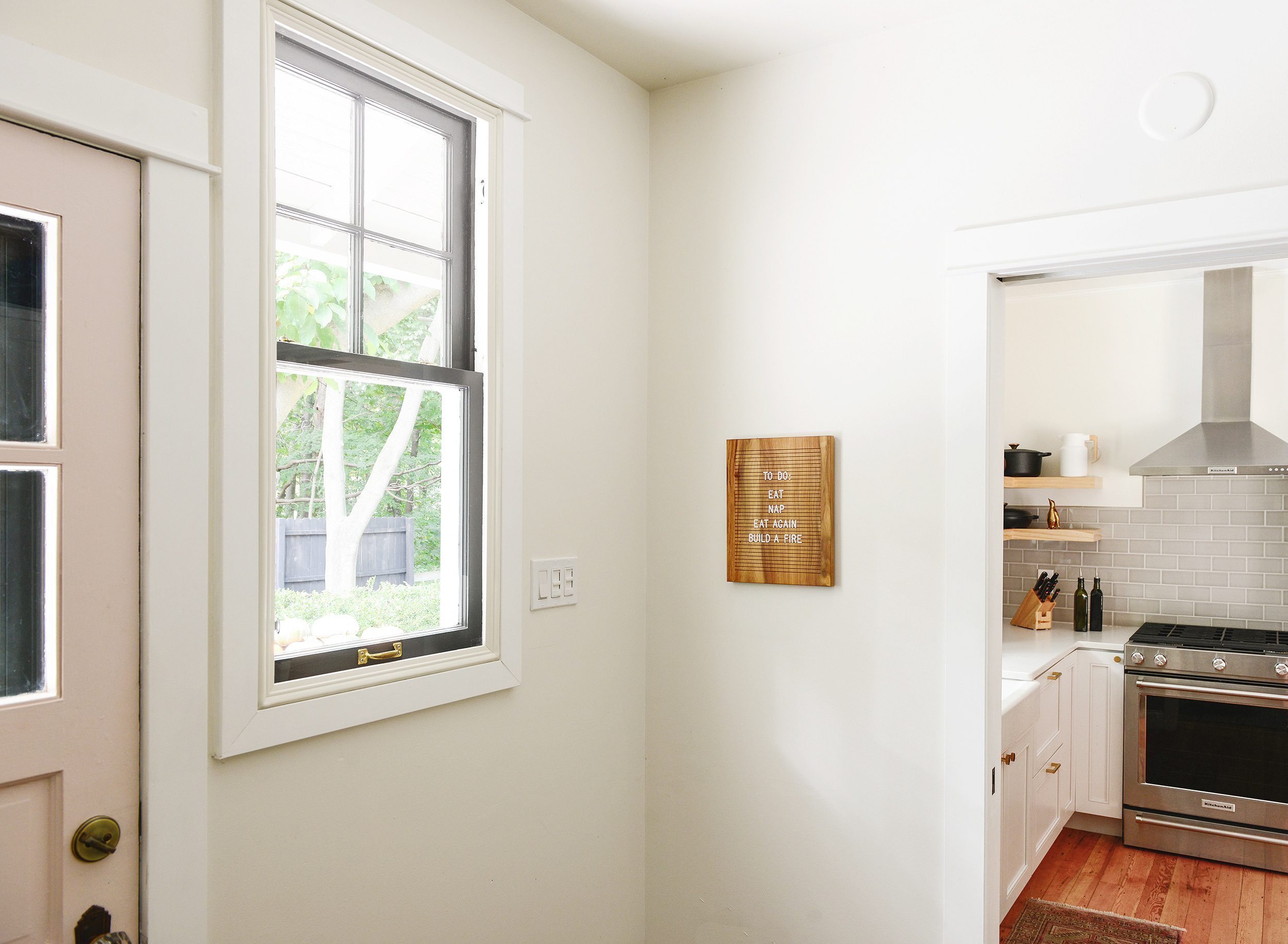

This post is in partnership with Indow.
Insulating Without Interfering
We’re finally at a point in our 2+ year Tree House renovation where we can begin focusing on small details that make a big difference! During our recent exterior renovation, we removed all of the home’s faded aluminum exterior storm windows so the window trim could be repainted. Once the painting was complete, we were far from excited to reinstall them over the freshly painted trim, but we didn’t think we had a choice – ‘think’ being the operative word. Here, let’s have a look at the (way) before and after comparison. I’m going to focus on the mudroom window, the taller one next to the door, below:
Tree House | Before
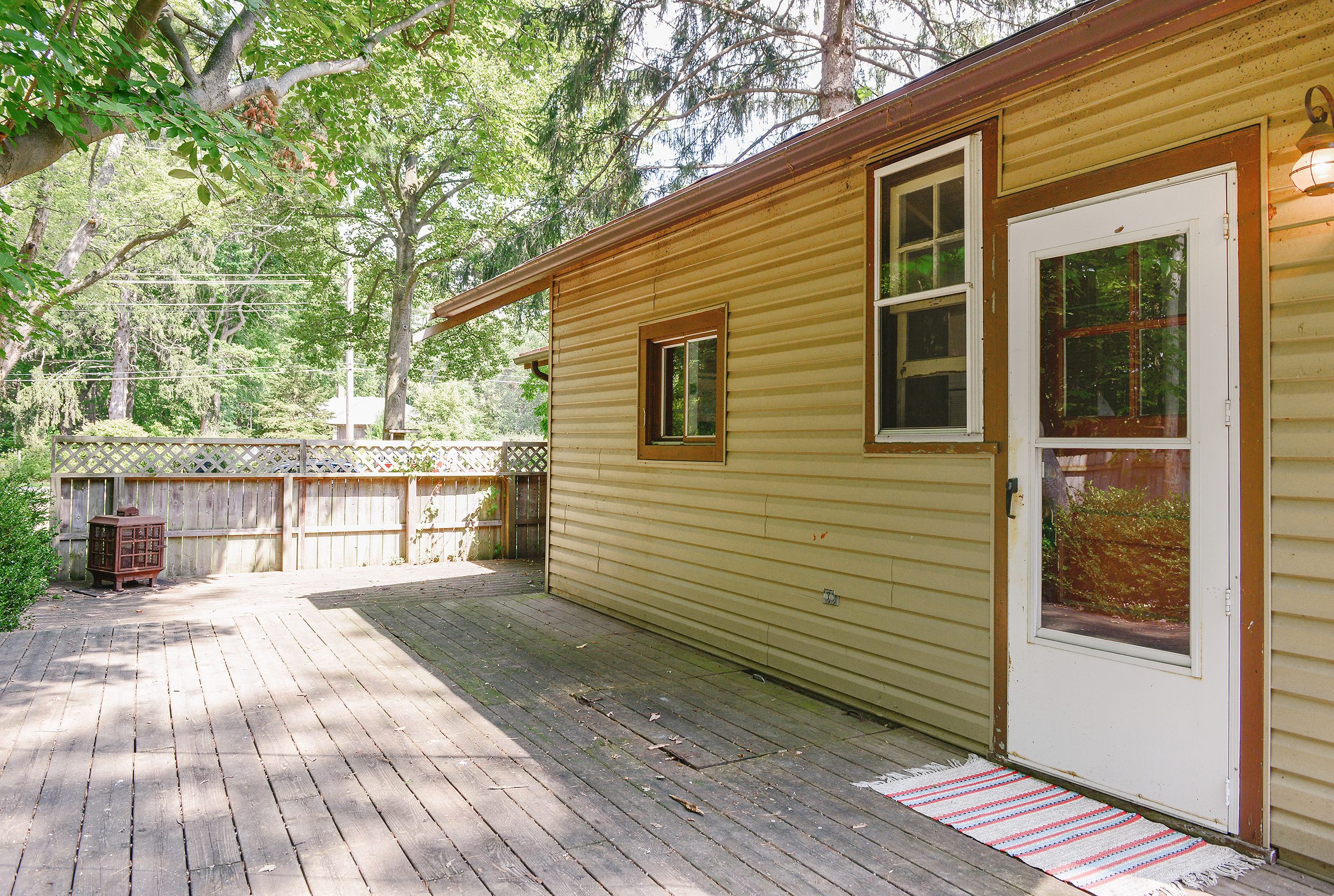

Tree House Entry | After
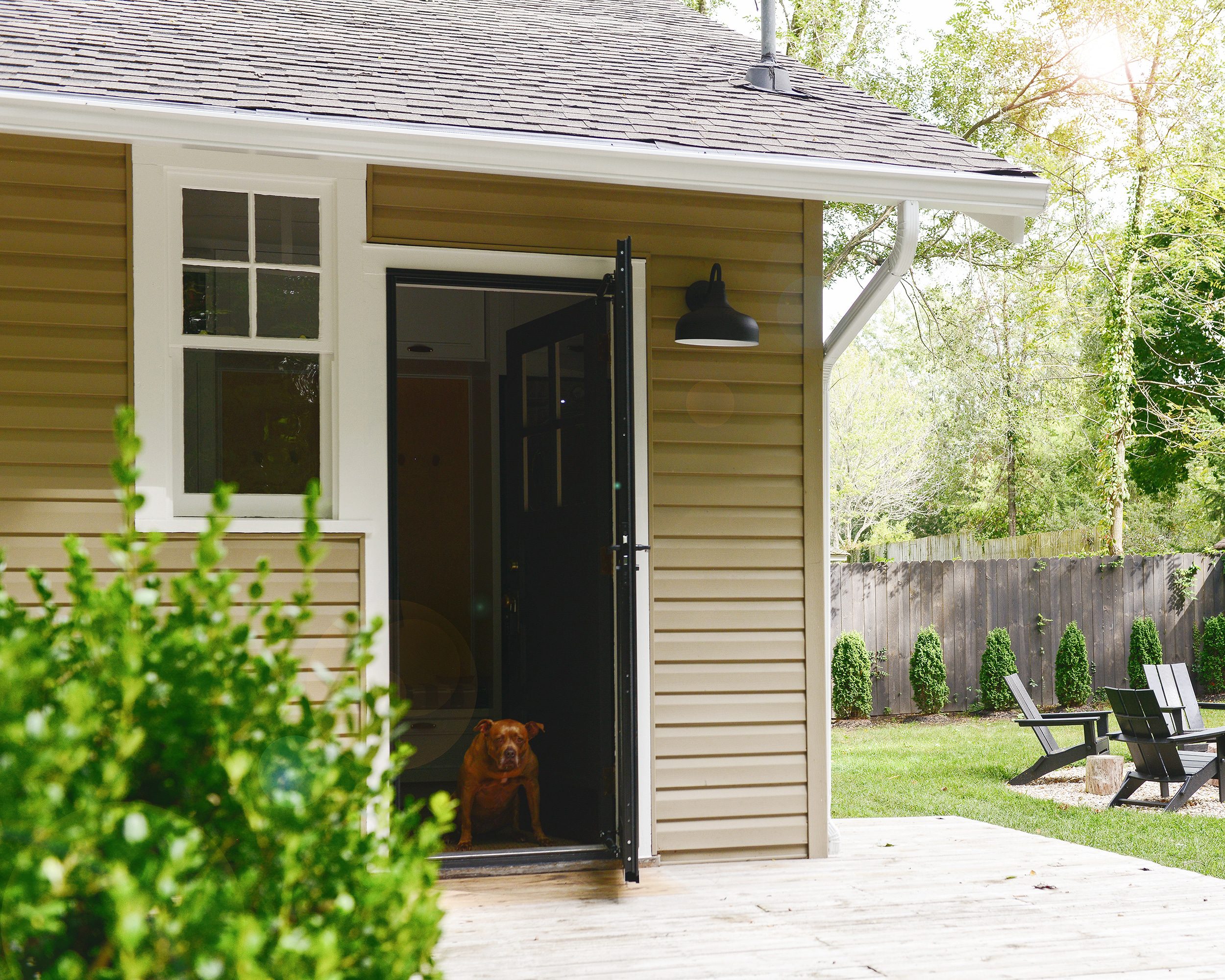

Painting the trim bright white allowed the shape of the historic window to shine through in a way that we wanted to showcase. Yeah! Inside, the black window frames the view of the wooded lot next door (a view that we love), and we hadn’t realized how much of it the old storm window was blocking. Boo!
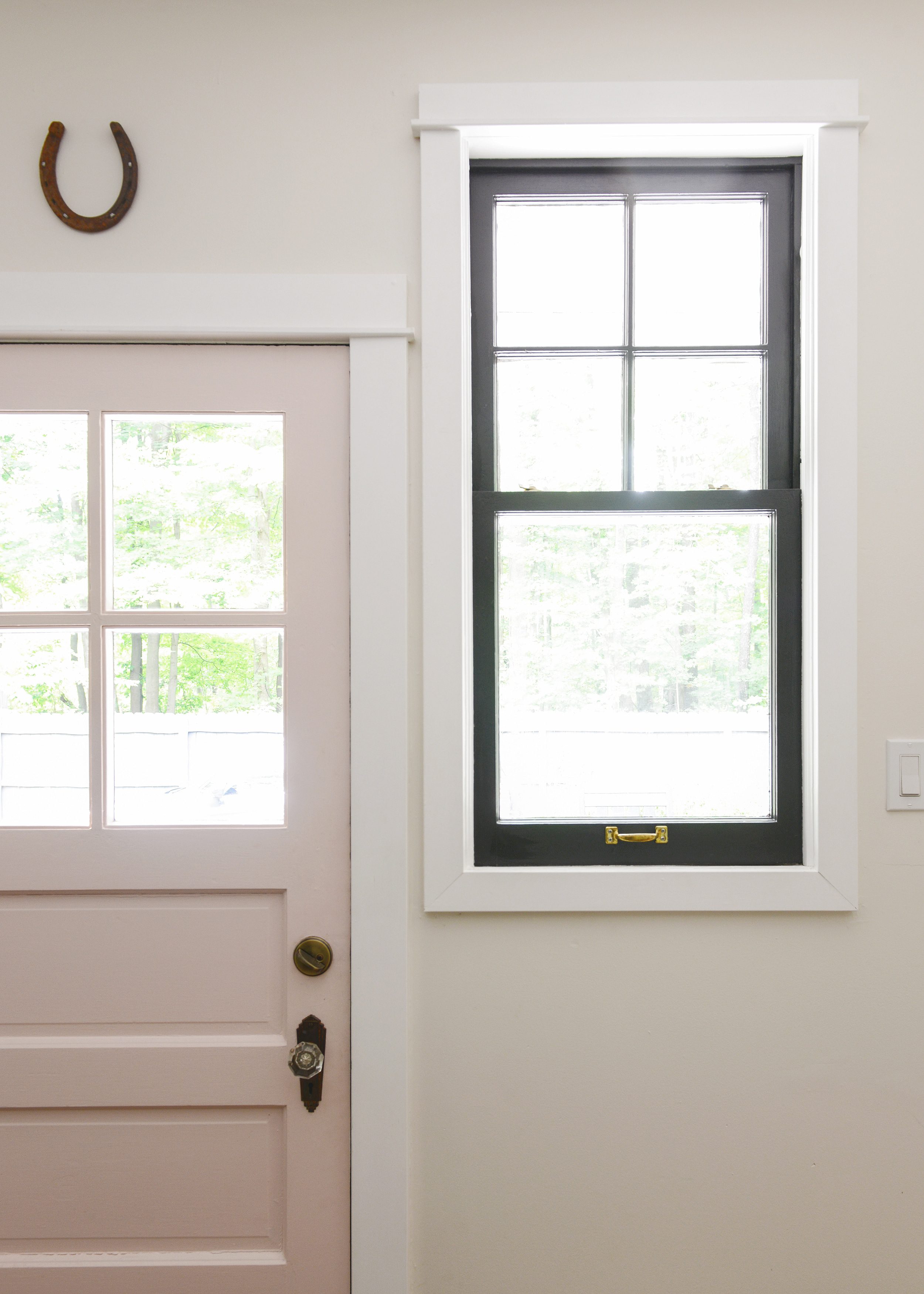

It was around this same time that we discovered Indow window inserts! Indow is an American company based out of Portland, Oregon, creating compression-fit window frame inserts that are incredibly accurate in size, and – perhaps my favorite part – virtually invisible. These inserts reduce noise and drafts while reducing energy consumption, and they’re installed without the use of any hardware or tools! In other words, Indow inserts are great for vintage homes (like our 1930s Tree House!), as they help to preserve historic character while adding modern efficiency. Check out the video below to see how simple our measuring and installation process was:
You can also view this video directly on YouTube.
The Whole Kit and Caboodle
Indow assigned us a knowledgeable representative in the chance that we’d need guidance along the way, and they also sent us their proprietary measuring kit. The kit included a laser measuring device, color samples and a few other gadgets to ensure that the end result fit perfectly.
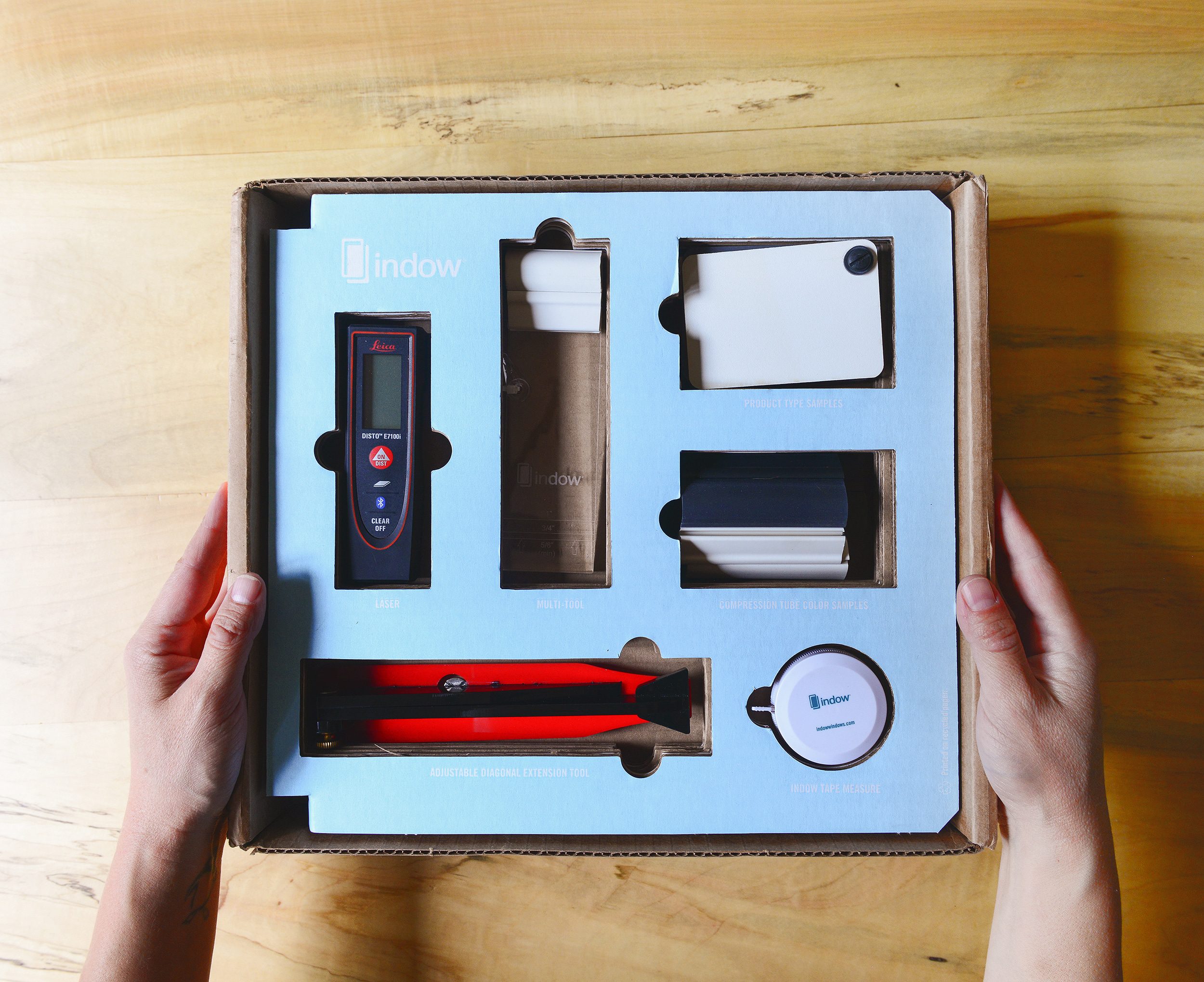

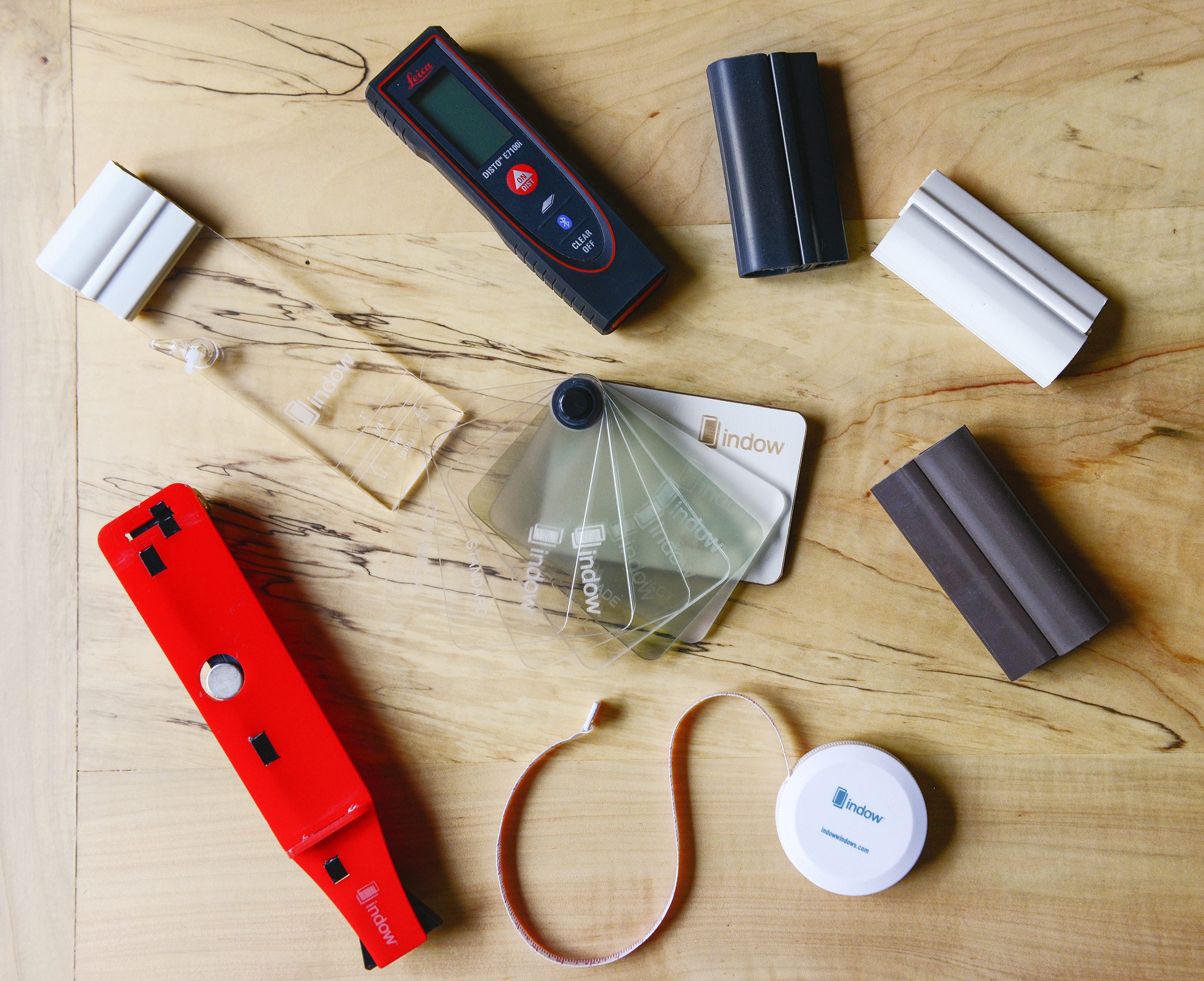

Measuring + Ordering
We started the process by swiping this handy gauge along the outermost lip of the window molding. This step ensured that we had enough surface area to firmly hold the insert’s compression tubing; more on that in a minute. We were happy to see that our trim allowed for more than enough space for the insert.
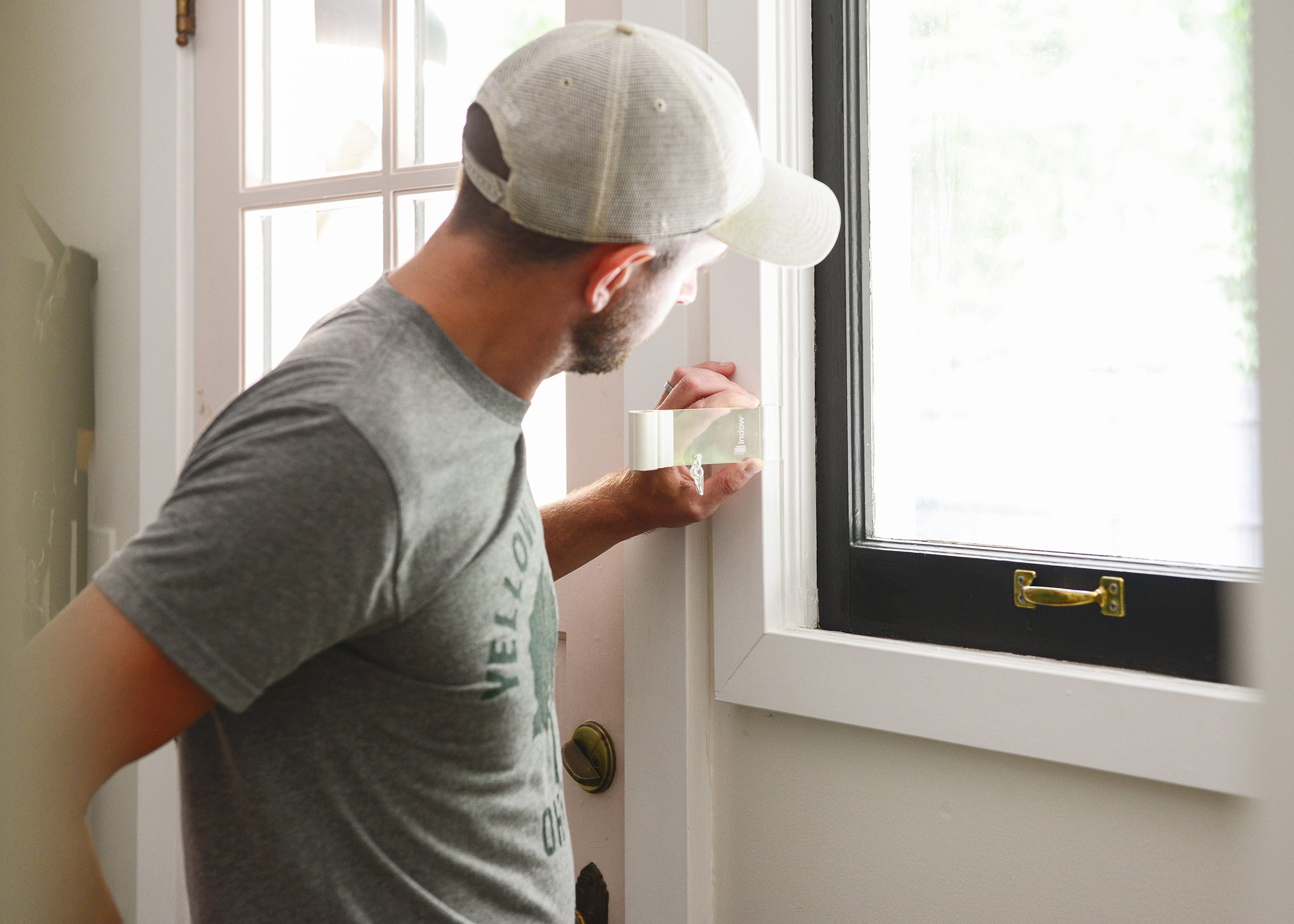

After confirming that our window was a good candidate, we measured the width, height and diagonals of the windows with the included laser, and we input those numbers into a form on the Indow website. This couldn’t have been more easy, since Indow includes thorough, easy-to-follow instructions! Our window was almost perfectly square, but if it had been a bit askew, Indow can account for that – no problem!
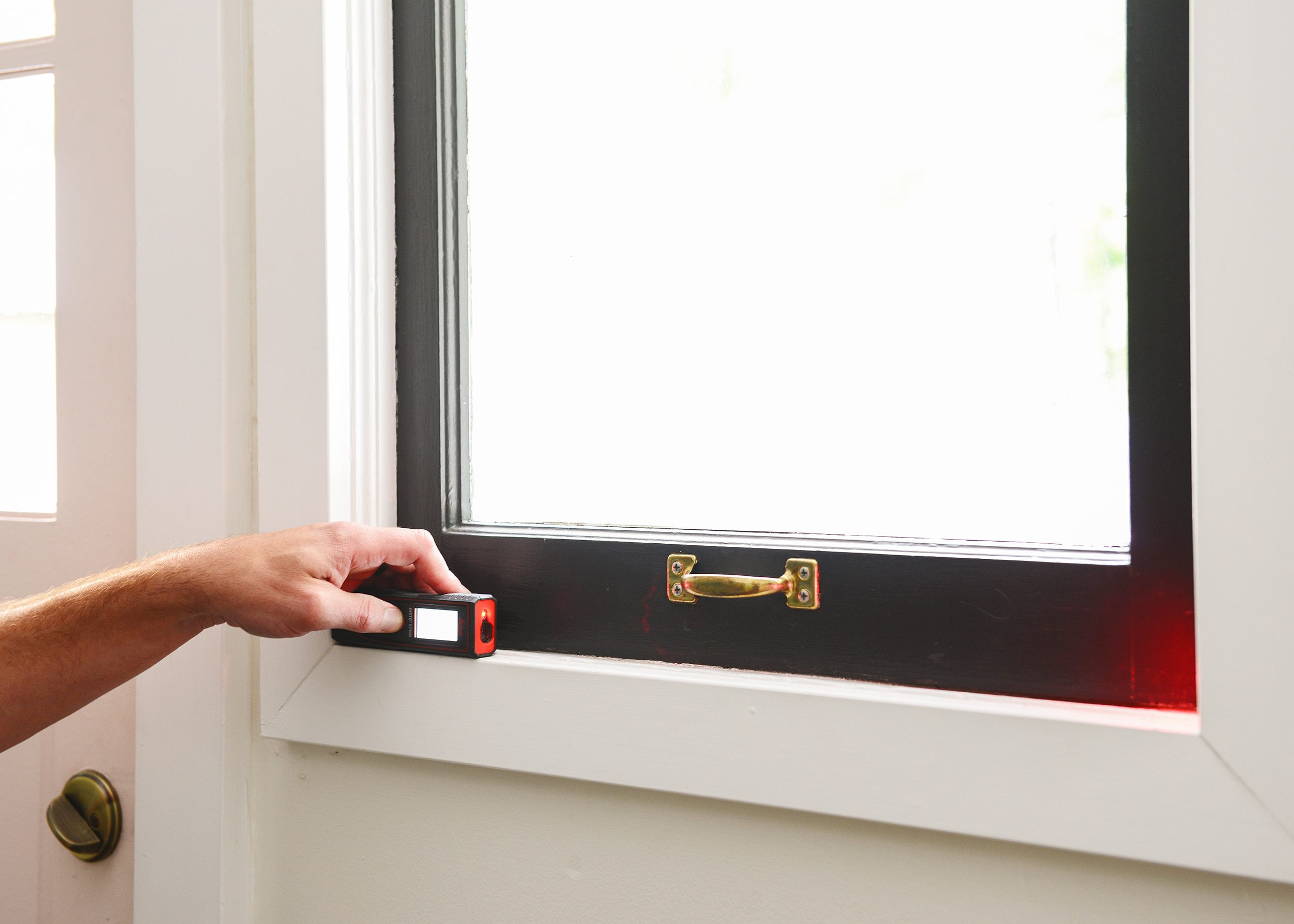

Once measuring was complete, the final step was to decide between the color samples. Originally, we thought we would want the black insert to match our black window frame, but after noticing that the black insert would still leave a sliver of the white window jamb in view, we ended up preferring the white for a cleaner look. With our final decision made, we placed the order and waited for the insert to arrive!
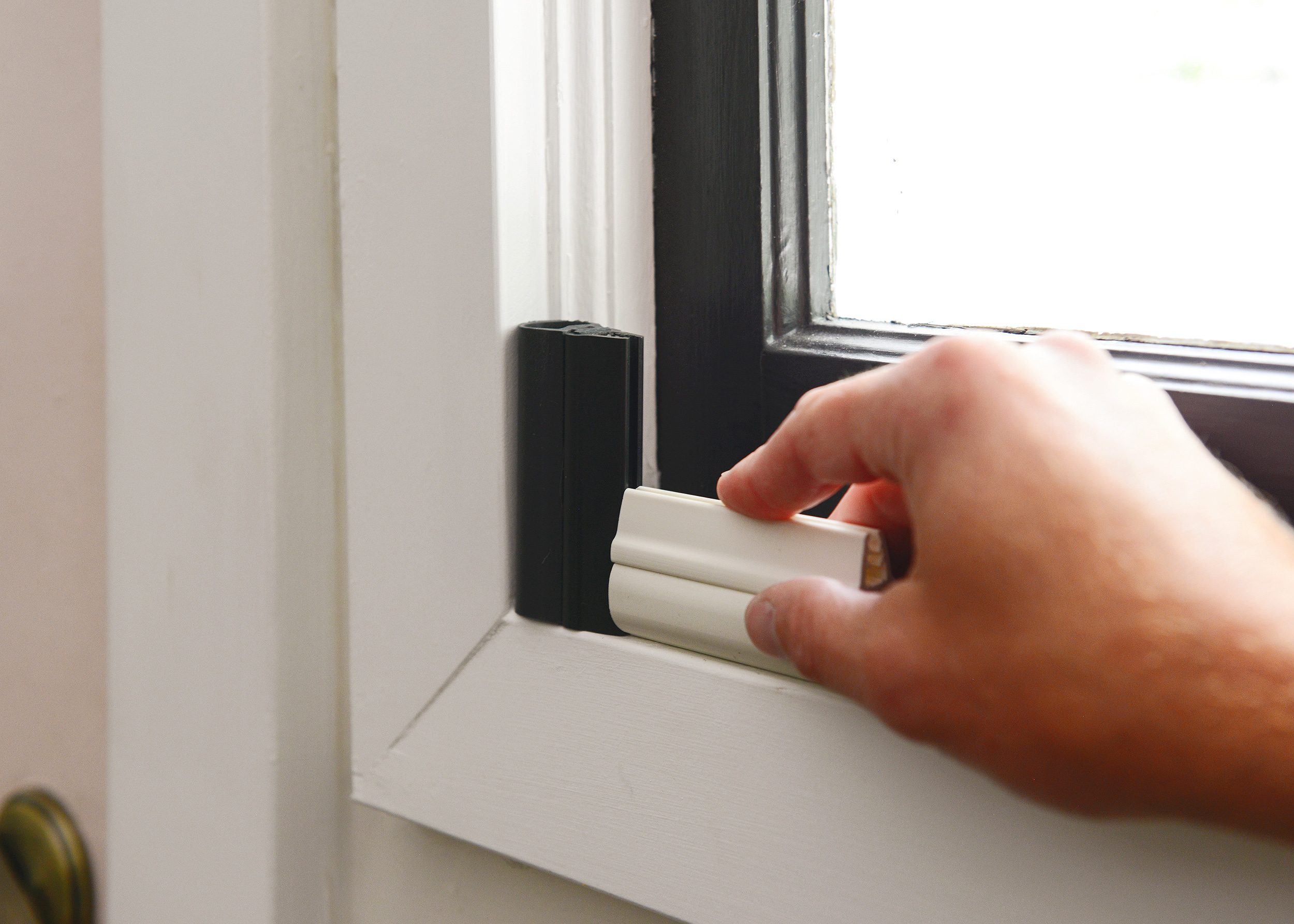

Installation + Cleaning
Fast forward a handful of weeks, and our Indow insert was waiting for us at Tree House! Installing the insert required absolutely no tools and no hardware. The frame of the insert is edged with silicone compression tubing, creating an impressively snug fit. Starting at the bottom, I carefully pushed the insert into place and worked my way up. Once in place, the insert created an airtight seal that you can almost feel. Color us impressed.
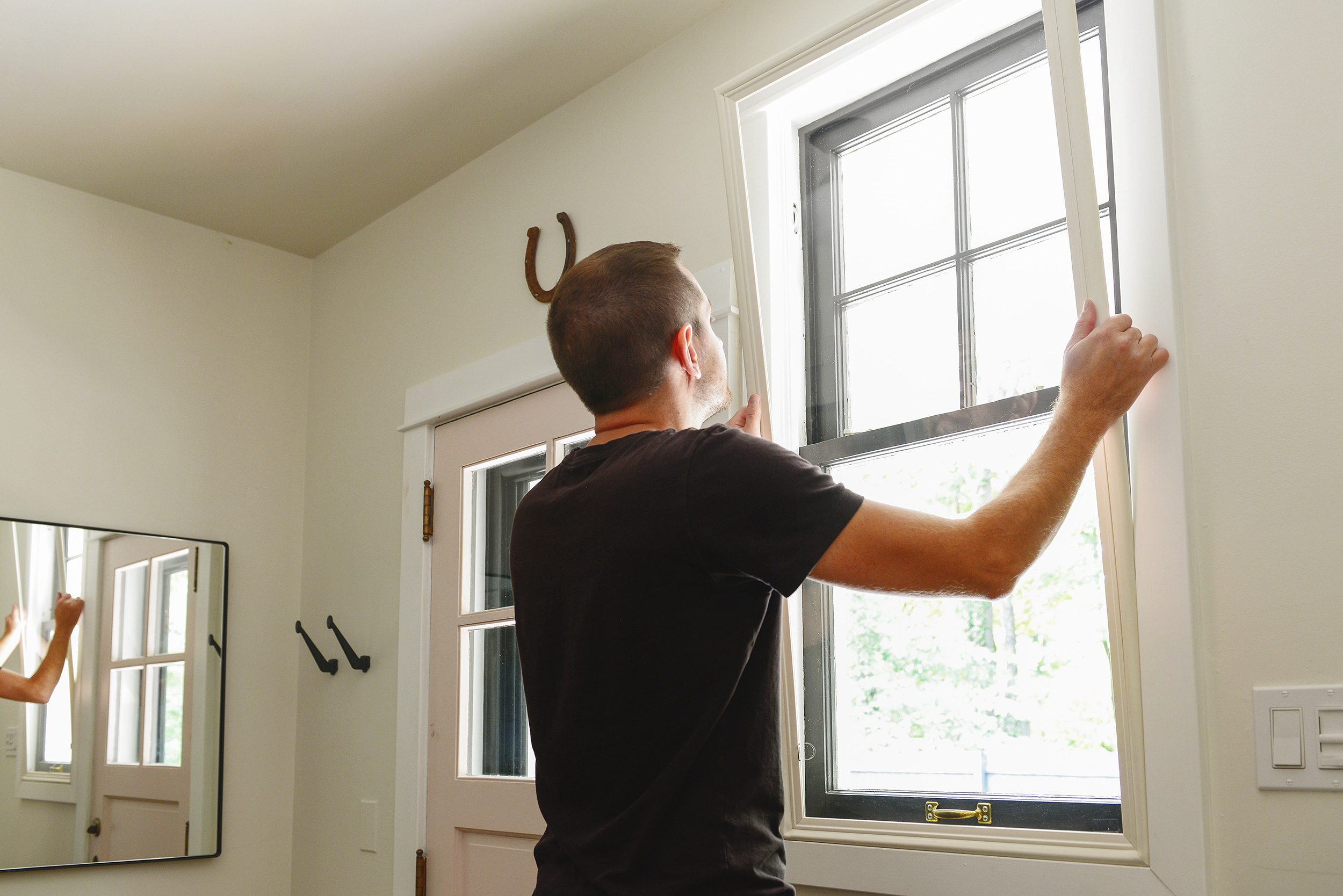

Included with our new insert was a cleaning solution and soft cloth. Once everything was in place, Kim used the cloth and spray to wipe off any smudges and fingerprints.
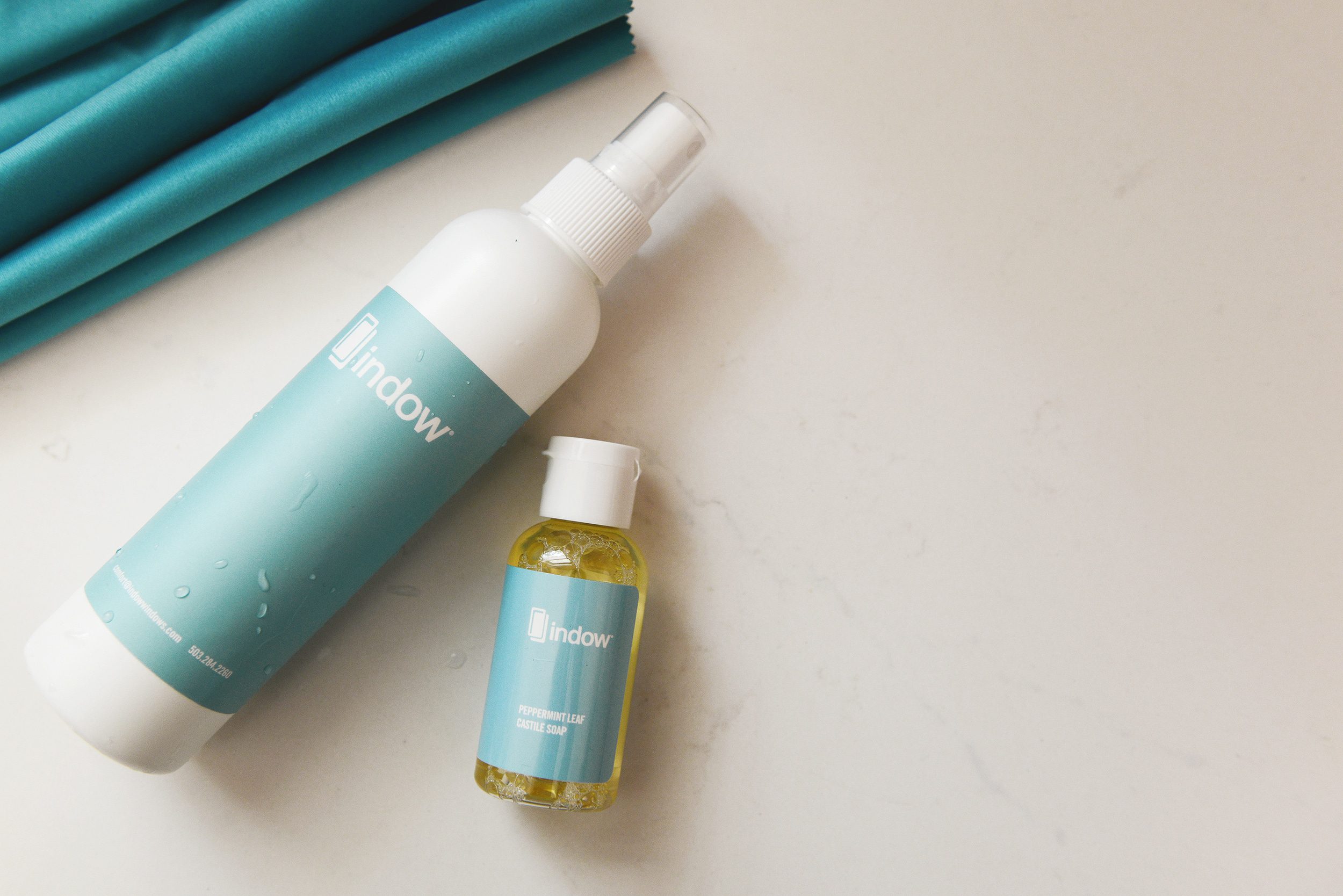

Disappearing Act
Done! With the Indow insert in place, it virtually disappears into the framework of the window itself. From the kitchen, it’s almost undetectable!
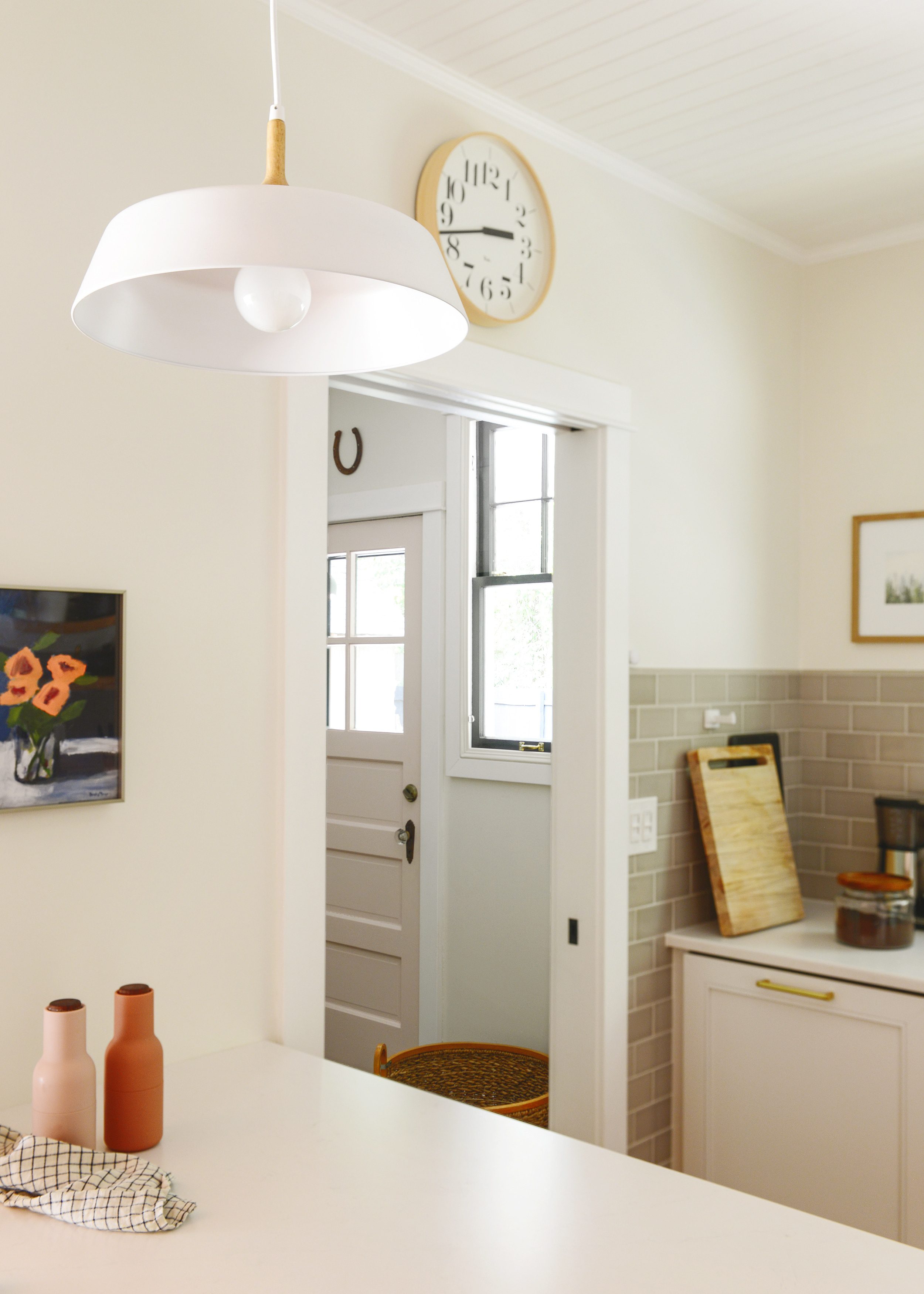

Unobscured Views
Our Indow window insert met every single one of our needs. Increased efficiency for our historic window? Check! Unobstructed view of the woods? Check! Easy installation with no damage to existing trim? Check!
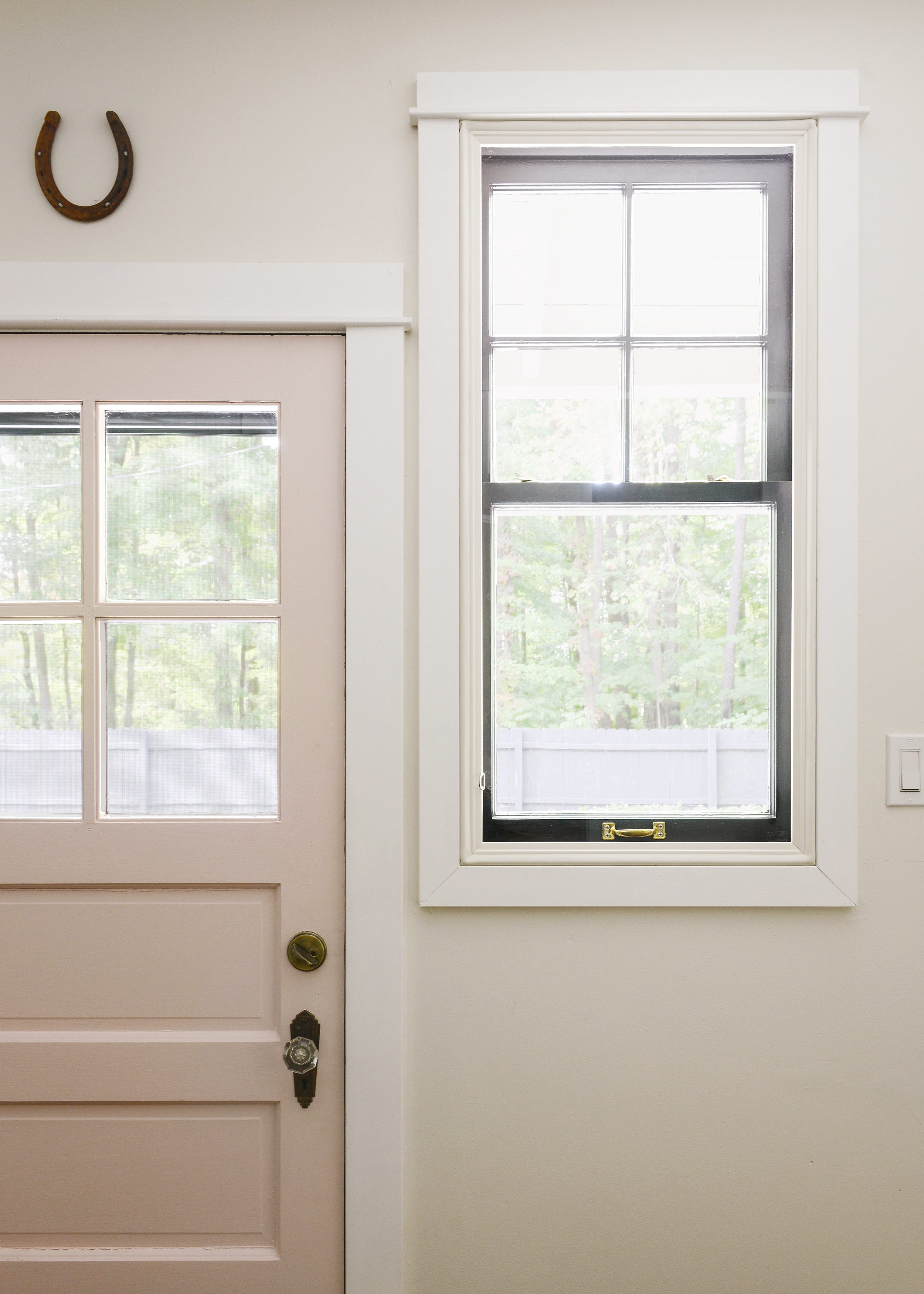

The slim profile allows almost the entire black window to show through. It blocks absolutely none of the natural light that comes through this window, and it even allows for an unobstructed view of the original brass hardware!
Without Indow vs. With Indow
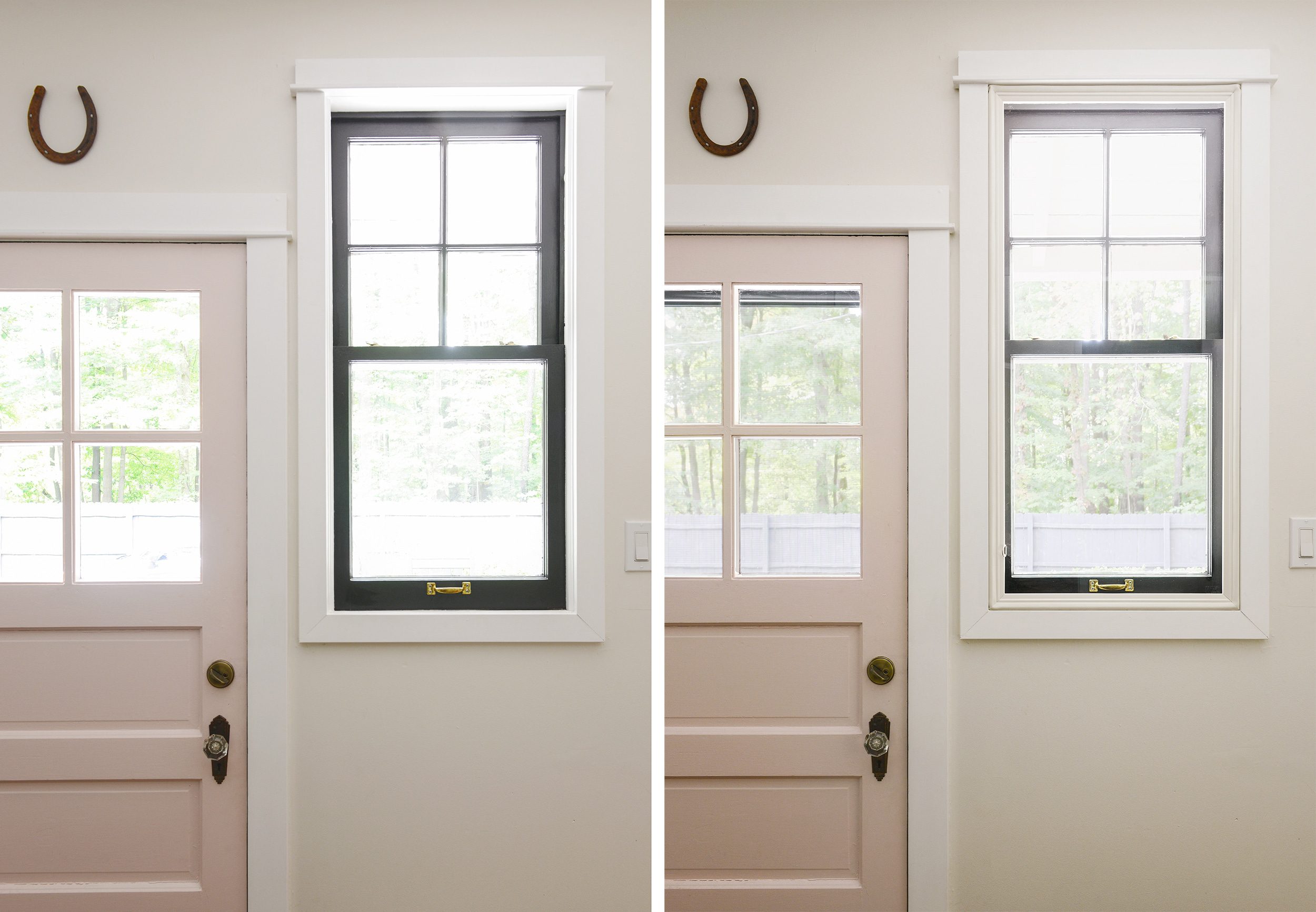

Because our historic window’s operation was limited due to aging internals, we’ll likely leave the insert in place year-round. Our window also lacks a proper screen, so if we need additional ventilation, we’ll utilize the half-screen storm door right next to it. However, do you notice that small pull ring in the lower left corner? It’s the only very small, barely visible hardware on the insert, which aides in removal should you like to do so!
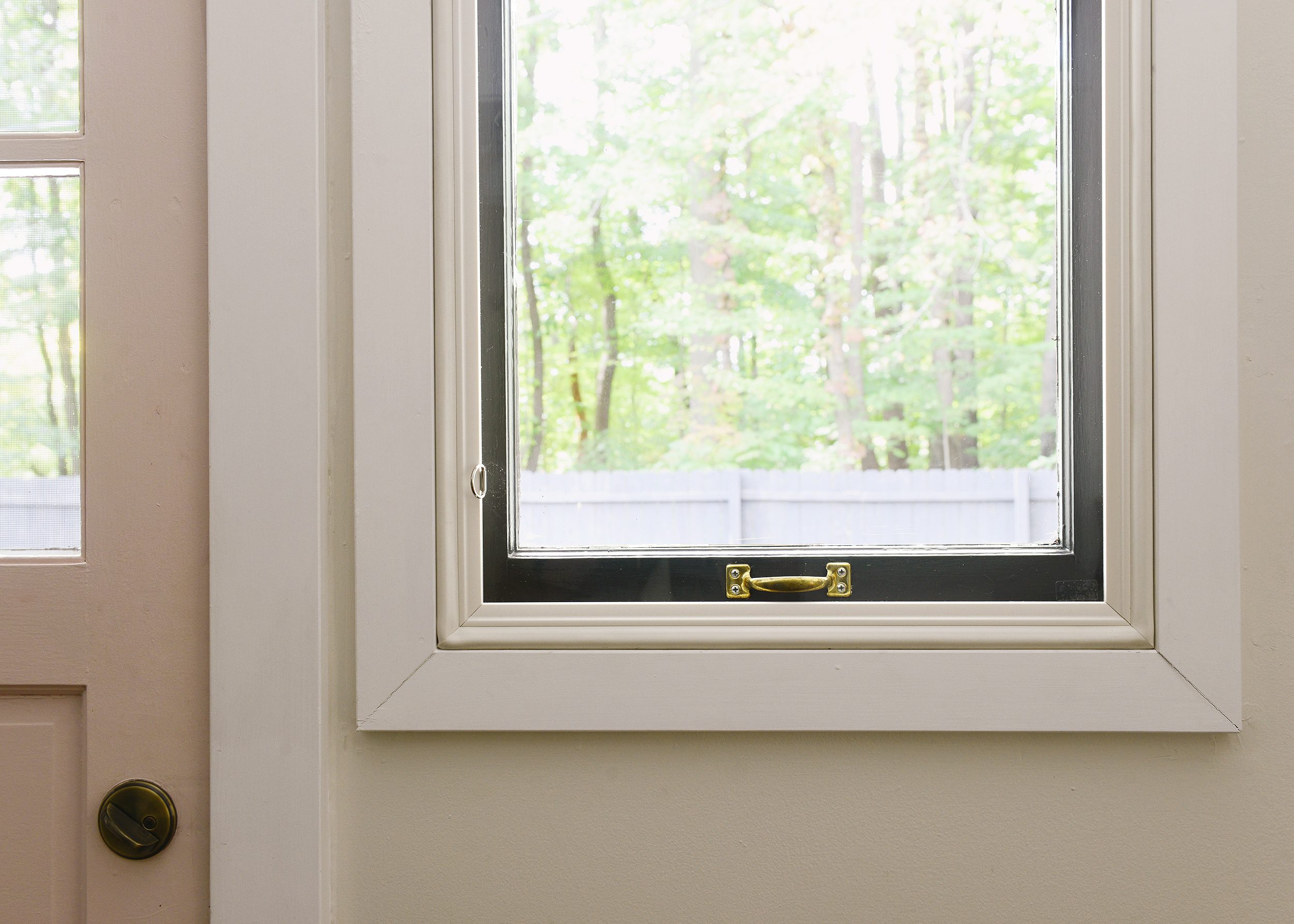

From outside the house, the insert is completely invisible, which allows our window to shine through in all its vintage glory!
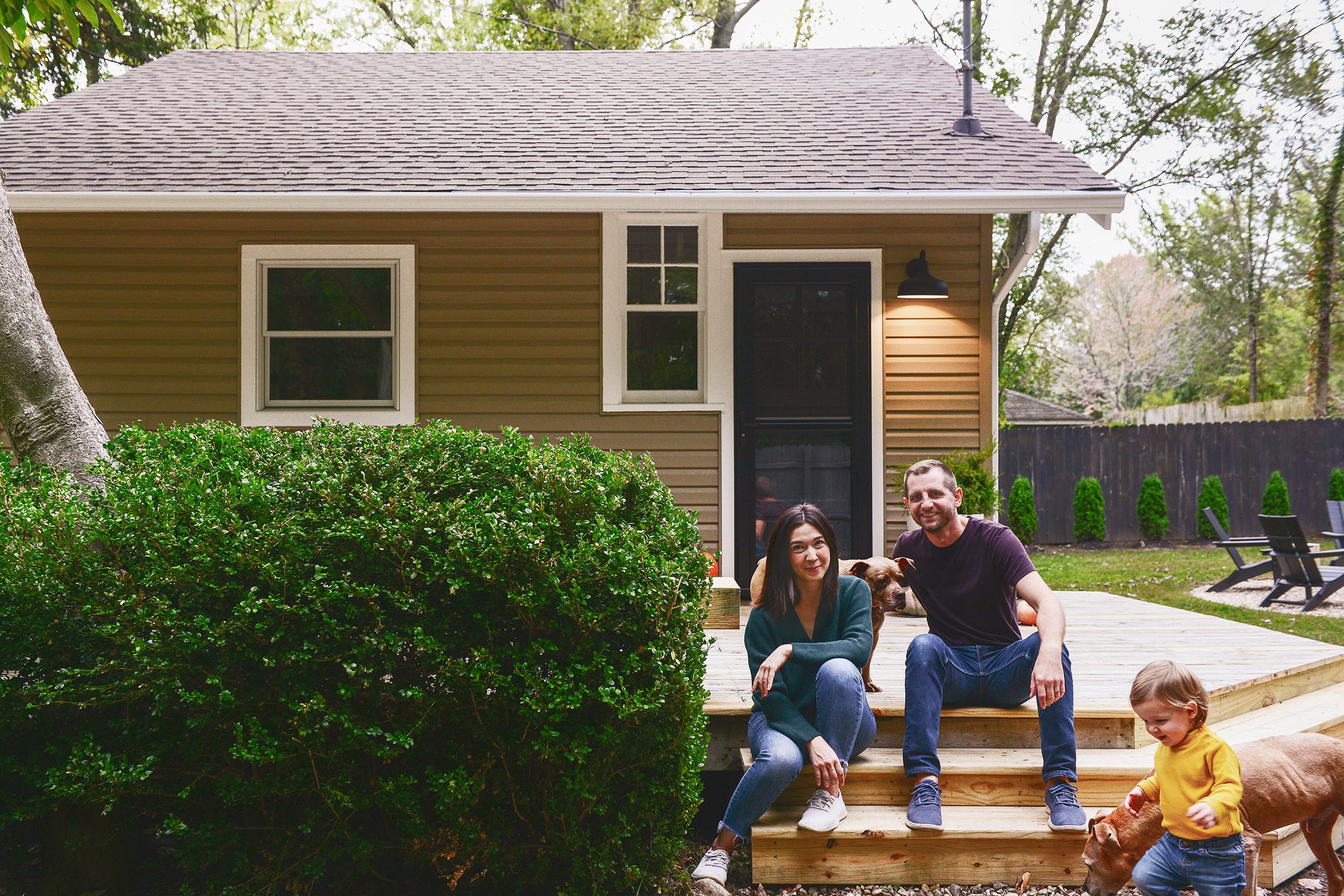

The Indow window insert has allowed us to add efficiency while maintaining as much of the historical character of our little home as possible. We were so impressed by the easy measuring and ordering process, and the quality of the unit is outstanding! This project was wrapped up just in time for the dipping temperatures, and we’re looking forward to cozy weekends without pesky window drafts spoiling the vibe.
Thank you to our sponsor Indow for collaborating with us on this project. See which product is the right fit for your windows, and for fun, see how Indow supports your historic home! (Psst: They even do custom shapes, like arches!)










How would this work with window treatments?
Do you mean with curtains or with shades/rollers? If you mean curtains, it shouldn’t matter one bit, since it sits inside the window jamb. If you mean shades/rollers, these would still work, assuming you had an OUTSIDE mount window treatment. If you had an inside mount, it could potentially still work if you had enough window depth, but I’d triple check with the Indow customer service team first.
These are amazing! Are you willing to share what your 1 window cost, with the knowledge that size, needs, etc. vary? Thanks!
Of course! Our window, approximately 2′ x 4′ was under $200. There’s a cost for the measuring kit as well, but it’s reimbursed in full once you send it back.
Great! Thanks!
We have Indow inserts in our ’62 MCM home with all original windows. We live in Wisconsin, so we have very cold windows. We chose to place them on large, stationary windows that we wouldn’t replace unless we absolutely had to. We also placed the thermal insulating ones in our south-facing master bedroom that gets a ton of sun and is always hot. We spent about $4k on the inserts and I believe we got two in the MB, three in the foyer, and two in the downstairs living area. I would say that I am moderately happy with the performance.
The inserts have had no appreciable effect on our heating/cooling bills, but that was not our main objective. The main objective was to make the downstairs living area and the foyer more comfortable, and this was mostly accomplished. If you put your hand by the windows, you don’t feel any of the cold coming through and that’s nice from a comfort perspective. With respect to the thermal regulation ones in the MB, I would not purchase those again. They have had no real effect on keeping the room cooler and were more expensive than the others because of the specialty finish. If we were going to go back and do it again, I doubt I would spend the money on Indow inserts for the MB, but I think they can be useful for making rooms more comfortable if the windows are older.
Hi Ariella! Thanks for the thoughtful comment. It sounds like your goal of eliminating drafts and offering a buffer between the indoor space and the original single pane window was very similar to ours. Our insert is not the ‘thermal regulation’ style, so we can’t necessarily speak to the performance difference. What we can definitely say, however, is that we spent our first ‘chilly’ weekend at Tree House and the difference in air leaks in the mudroom was exactly what we were after!
Thanks for this review! I’m in Wisconsin too in a ’68 MCM with original (and drafty) windows. Glad to hear it helped stop the drafts!
I’ve been looking at Indows for a while, so thank you for being the guinea pigs! I’m wondering if I can use these on my tiny basements windows. Nothing historic about those (house is ’88), but the glass is so thin it makes you wonder if it’s even there.
Yes, this may be a wonderful solution for you!
We live in Portland, OR where it doesn’t get that cold, but we LOVE our Indows! For our inoperable 1929 lead-glass windows, we keep them installed year-round since you really don’t notice them. Yours look great!
Thanks Emily! We’ll likely be keeping our Indow installed year-round as well, since 90 years of paint and use have not been super kind to our little window and it barely opens anyway!
This is such a clever solution for older homes! I might have to get some for my historic home :)
I think that looks like a great product but does all the packaging, the tools, and the samples get returned to the manufacturer? It seems like quite a bit of waste is generated if not. I apologize if you’ve answered that already.
Great question, Vanessa! Yes. A deposit is paid up front, then all of the tools and supplies are returned to Indow after you’ve taken measurements. Once they receive the tools, the deposit is 100% refunded and there are no shipping costs. It was all very simple. Hope this helps!
Thanks Scott!
Maybe I missed this in a previous post but can you share the source of the wood message board in the first image? Adorable!
It’s from Madera Modern!
Thanks for trying this window out and sharing the process with readers. My understanding is that exterior storms have weep holes along the bottom so condensation doesn’t build up between the layers of glass. Does Indow address that issue? I’ll be interested in hearing about your experience again after spending a year with the window in place.
Hi Lynn! We’ll update after winter for sure!
Hi! Indow representative here. We actually have some information about that here: https://indowwindows.com/resources/blog/solve-condensation-on-windows/. You can read about it in the meantime.
Thank you!
Such a great concept! I know you all are going to leave them up year round, but if we wanted to take them down in spring/summer would they be fine stored in a basement? Unconditioned shed? could moisture/humidity affect the silicone tubing? Thanks!
Hi Elyse! Great questions! Indow has a handy downloadable PDF care guide on their site! It looks like there are a few storage options, but you may want to reach out to them directly with specific questions. Hope this helps!
So happy to learn about this company! Our power room has a single pane steel window that is very bad come winter if you can imagine. We’ve had several quotes to replace it and it seems to be a tricky situation. This could work!
I would like to know what material is used in the part that looks like glass
It’s a thick acrylic.
[…] by way of yellow brick house […]
Thank you for this super helpful post. I’m seriously considering Indows on my 1926 home to help with drafts while preserving the original wood windows that give the place character! New windows are out of budget, so I’m hoping this will meet my needs in the meantime. May I ask how the insert has held up in the past 4 years? What about wear to the acrylic? Thanks!
Hi Genesis! We’v absolutely loved the performance of our Indow! It looks exactly as is did the day we installed it and the character of our original window is still intact. We highly recommend Indow and are considering them for the vintage windows in our new Red House project!